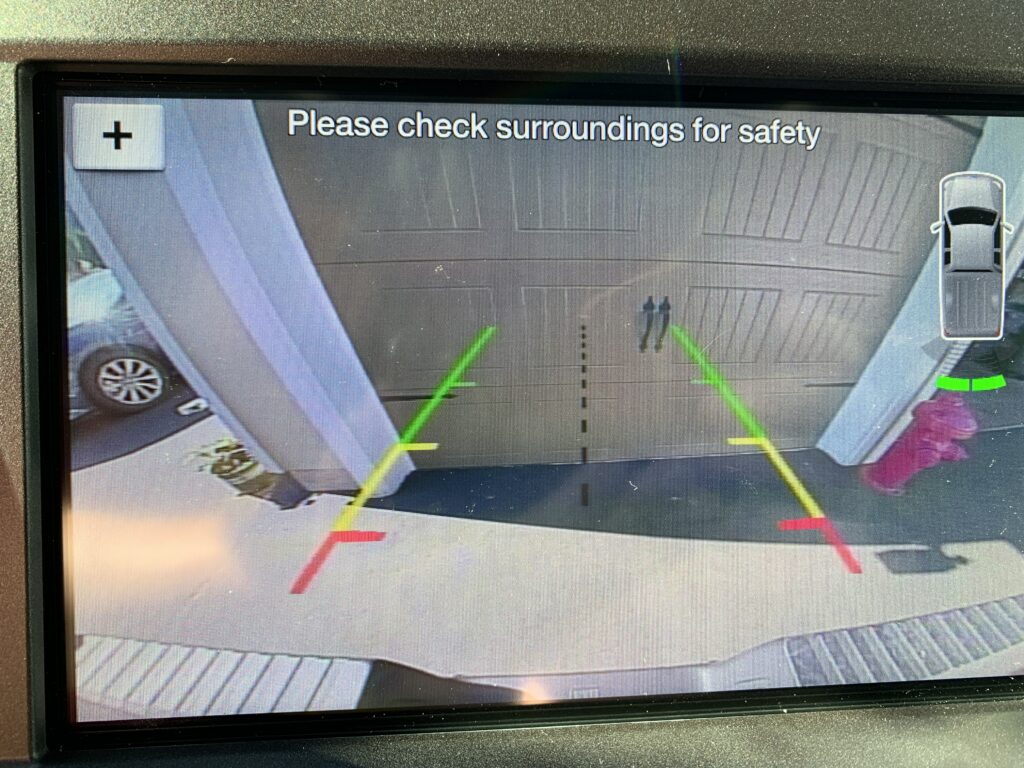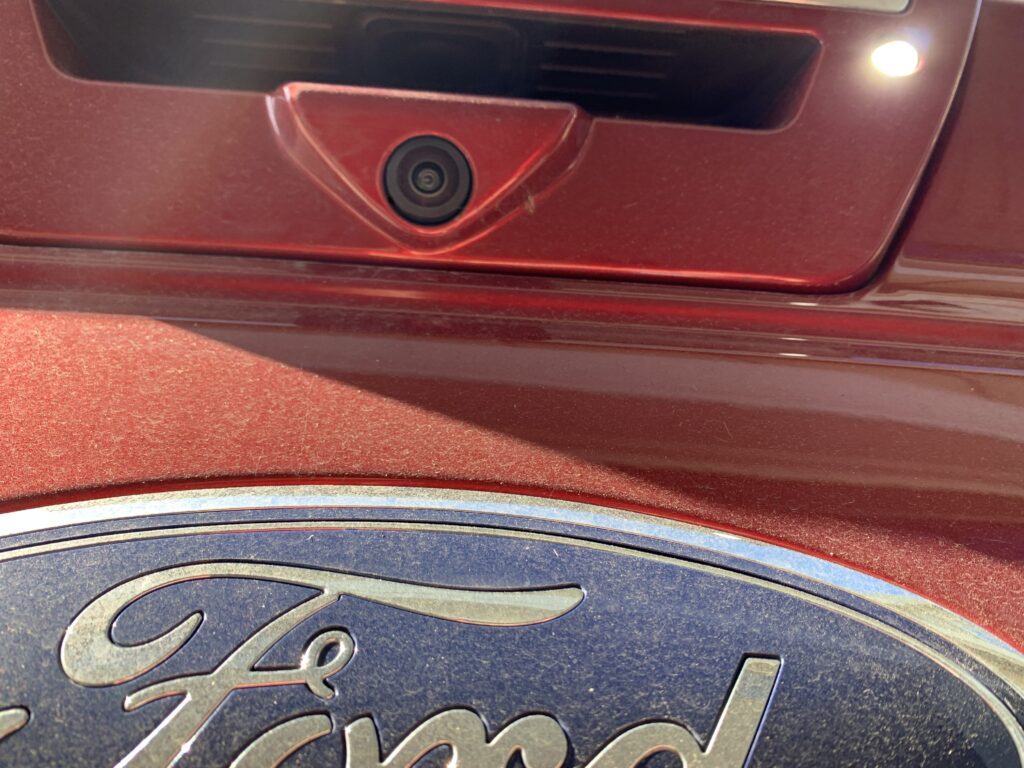Factory Reset uses officially licensed Ford Integrated Diagnostic Software (IDS & FRDS), calibration equipment, and uses statements from Ford Service Info to qualify calibrations
Model years 2010- current require scans pre and post repair.It is recommended to use Ford IDS software.
Source: Ford Position Statement
Common Ford ADAS Systems
Occupation Classification Sensor
Cruise Control Radar
The Cruise Control Radar, located on the front end of the vehicle, work with the lane keep camera system to allow the driver to keep a constant speed while detecting vehicles ahead. If the lead vehicles slows down, so does the vehicle equipped with adaptive cruise control.
When to Calibrate Cruise Control Radar

- After replacing radar unit
Blind Spot Information System
When to Calibrate Blind Spot Information System (BLIS)
The Blind Spot Information System, located on the rear quarter panels or taillights, is used to alert the driver of a vehicle that is alongside in tough to see locations. It triggers an indicator on the corresponding side mirror to provide an alert that a vehicle is present and in some instances will flash when the turn signal is active to indicate a greater warning.

- After replacing blind spot module
- Keep old module, it will be needed to transfer data from original module to the new one
Lane Keep
Available in different models, the Lane Keep is located on the top of the interior windshield, reading the markers of the road and alerting the driver if they cross them. Some models just emit a warning beep when out of a lane, others will actively attempt to steer the vehicle back within alignment, and some even tell the driver to pull over and check themselves for fatigue after multiple lane departure warnings.
When to Calibrate Lane Keep system

- Windshield is removed and inspected, or removed and replaced
- Any part of suspension is replaced
- Change in tire size
- After an alignment
Front/Rear Parking Aid Camera
Sensors in the rear bumper in coordination with front and rear cameras help the driver to determine obstacles and alert the driver. Some newer models even help steer the vehicle to park in just the right spot. It’s important to calibrate these correctly so that the detection distance is correct and so that the driver is able to see what’s in front/behind them correctly.
When to Calibrate Parking Aid Camera

- When new component is installed
360 Degree Camera
The 360 Degree Camera system, located in front/rear bumper and side mirrors, enables the driver to see all sides of the vehicle in a birds-eye view, giving them greater autonomy and confidence in parking/navigating. Like the front/rear parking aid cameras, it’s important to calibrate so that the driver is able to see all obstacles and distances correctly.
When to Calibrate 360 Degree Camera

- Mirror or mirror cap removal (when mirror is equipped w/ camera)
- Removal or replacement of either front door (when equipped w/ camera)
Occupant Classification Sensor
Occupant Detection is what enables the vehicle to activate passenger airbags when a passenger is detected. This is done with a weight sensor, located in the seat, in conjunction with the seat belt tension/buckle. It’s important to calibrate to ensure the safety of passengers during an emergency situation.
When to Calibrate Occupant Classification Sensor

- Front passenger seat cushion is disassembled
- New trim cover is installed
- OCS service kit is installed
With our access to Ford Integrated Diagnostic Systems and Ford Service Information System, we are also able to provide other various calibrations/programming as well as raw data performance readings and latest repair procedures on all modern Ford vehicles.
